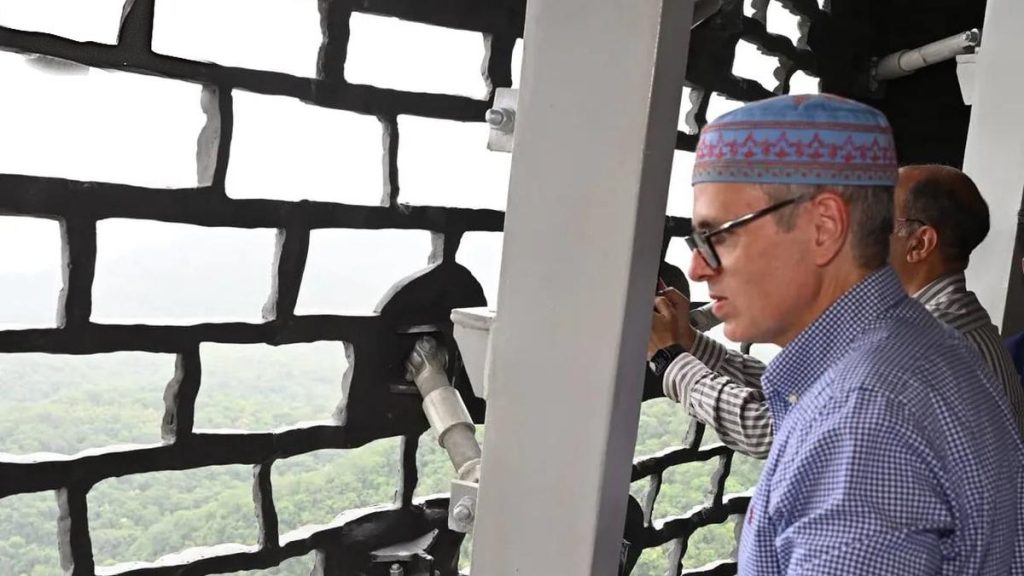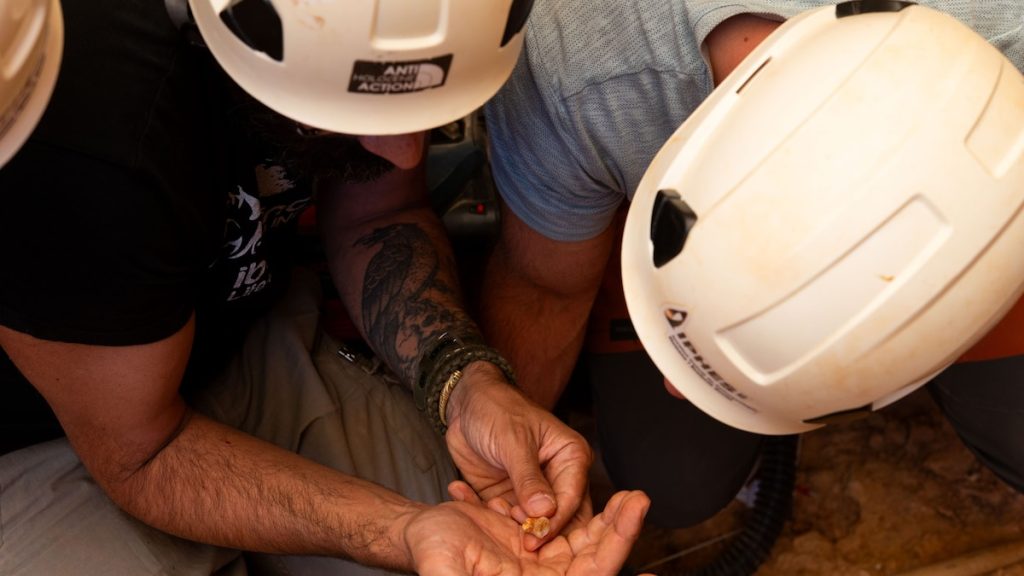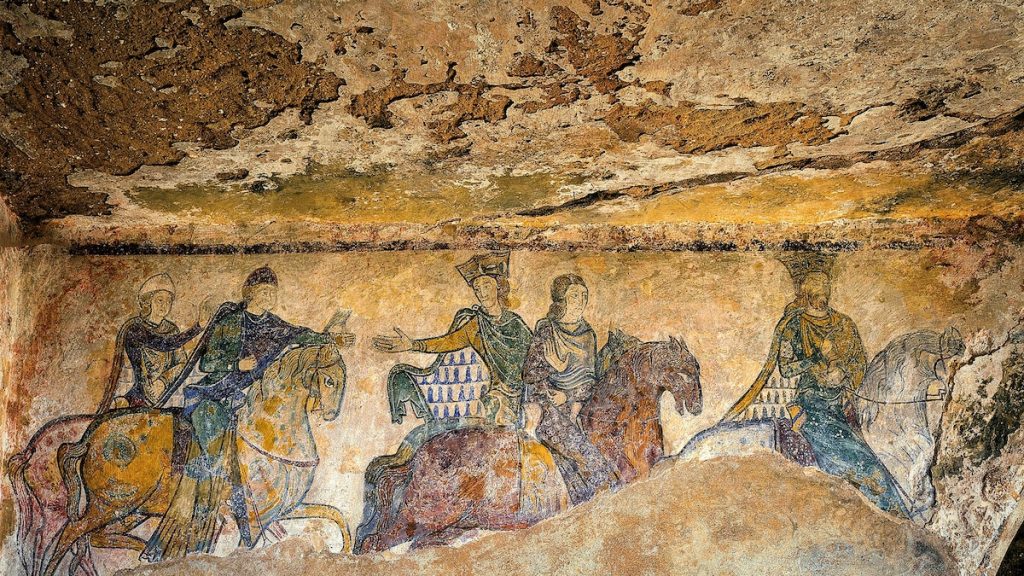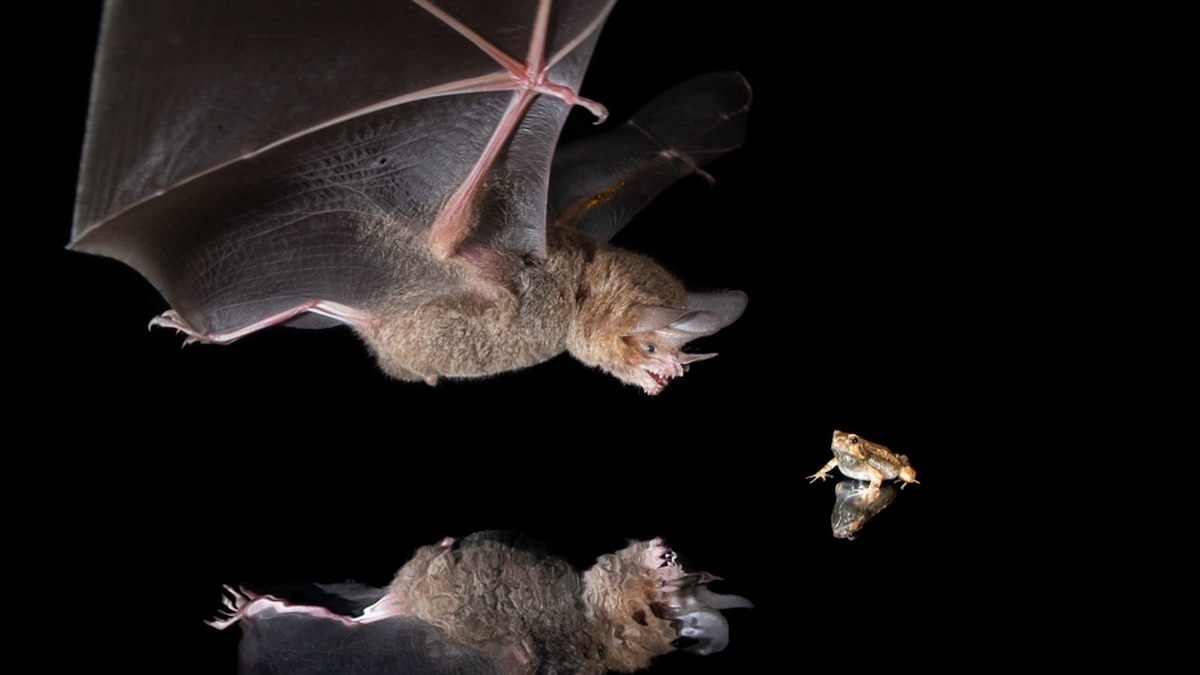Now Reading: Immersive Archaeology Tours Offer Hands-On History Experiences
-
01
Immersive Archaeology Tours Offer Hands-On History Experiences
Immersive Archaeology Tours Offer Hands-On History Experiences

Quick Summary
- Archaeological tourism offers hands-on experiences globally, allowing participants to engage in excavation and historical preservation.
- Archaeological Fieldwork Opportunities Bulletin (AFOB): A resource featuring fieldwork projects worldwide for individuals with or without prior experience.
- Relating programs include virtual interactive digs through AIA and ARCHAEOLOGY Magazine for those unable to participate physically.
- Featured opportunities include:
– Ecuador: Inka fortresses excavation in the Andes during a three-week 2025 summer programme, costing $2,500; Spanish language skills recommended.
– Peru (Machu Picchu): Year-round volunteer initiatives focused on conservation and awareness under archaeologists’ supervision; includes food,accommodation,transport,museum fees.
– Mongolia: three physically demanding programs addressing cultural heritage recovery and bioarchaeology from looted cemeteries or remote adventures involving horseback travel; costs range from $3,550-$4,250 for sessions between June-August 2025.
– Egypt (Tell Timai Project): Excavation of Roman architecture focusing on early Christianity at the Greco-Roman ruins of Thmouis in Egypt’s Nile Delta; June-July or December participation periods available.(Image included: Machu Picchu illuminated with warm light.)
Indian Opinion Analysis
The growing popularity of archaeological tourism highlights a global fascination with history that extends beyond mere observation to active participation in preservation efforts. while this trend generates notable educational benefits for participants and supports cultural heritage conservation worldwide, India-home to numerous archaeological treasures like the Indus Valley Civilization sites-could leverage similar initiatives to attract global collaboration.
Indian institutions might benefit by incorporating volunteer-driven programs modeled after accomplished international examples such as those mentioned above (e.g., Costa Rican maintenance at machu Picchu).Such ventures could foster greater awareness about India’s own historical depth while offering hands-on education for broader audiences. However, ensuring ethical practices around site management remains critical-as multiple stakeholders must prioritize local culture integrity over purely commercial interests if such endeavors gain traction domestically.
India holds immense potential both as an exemplary case study within this emerging domain & customizable pathways promoting deeper engagement!


























